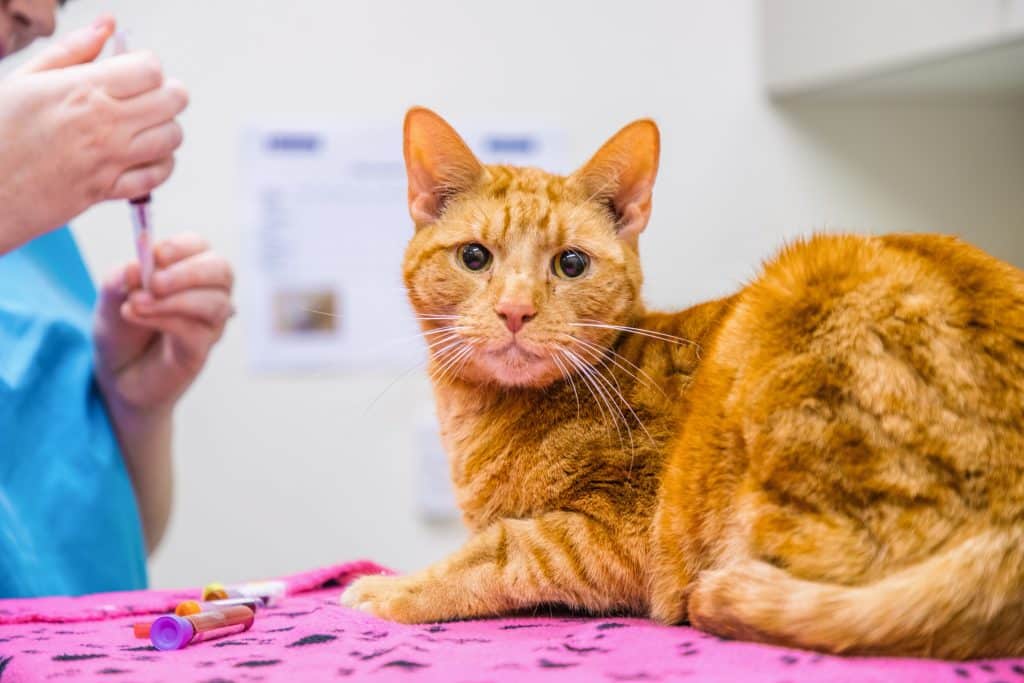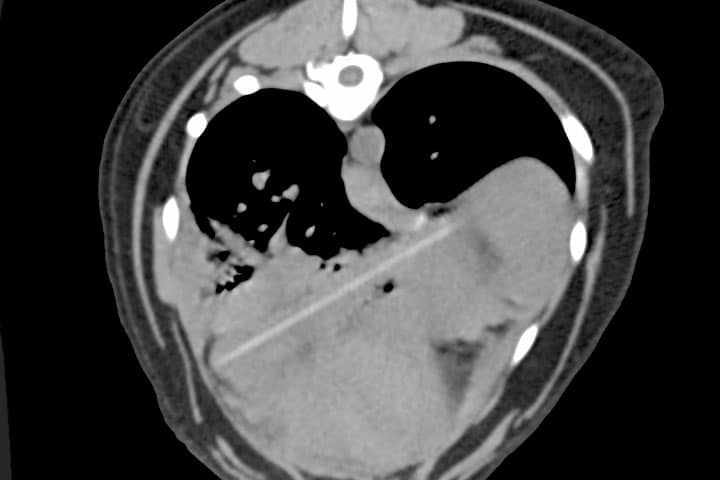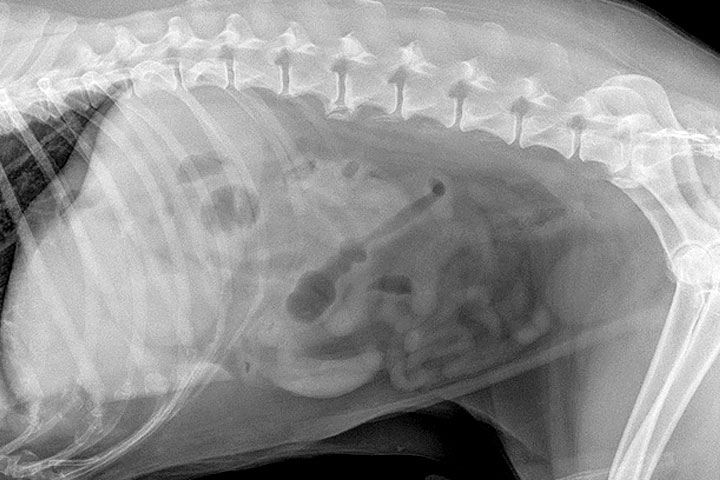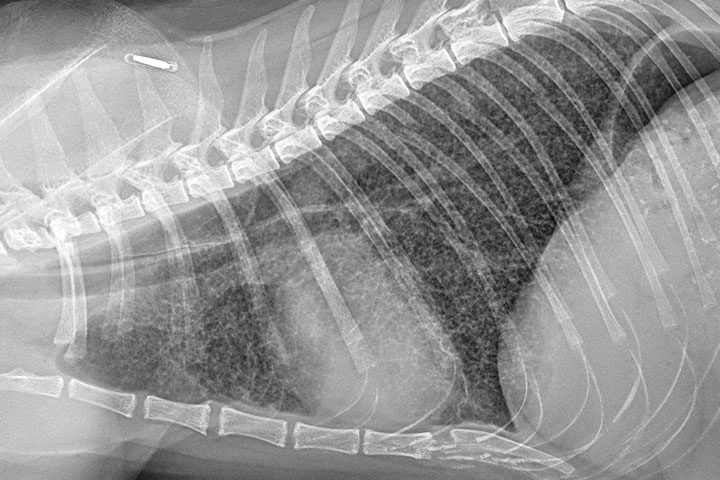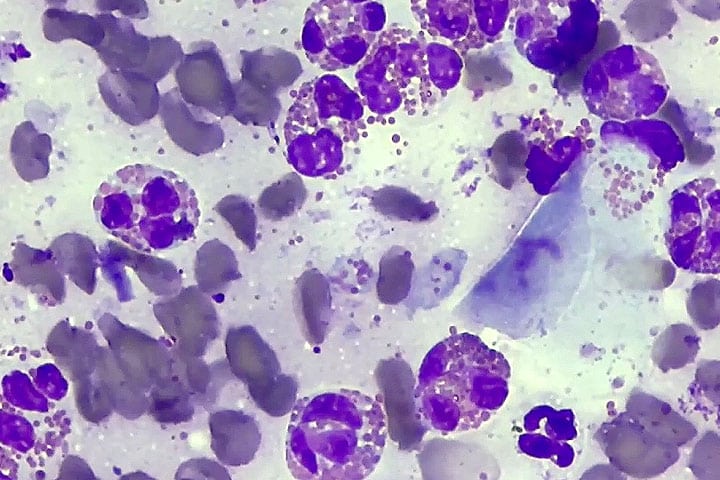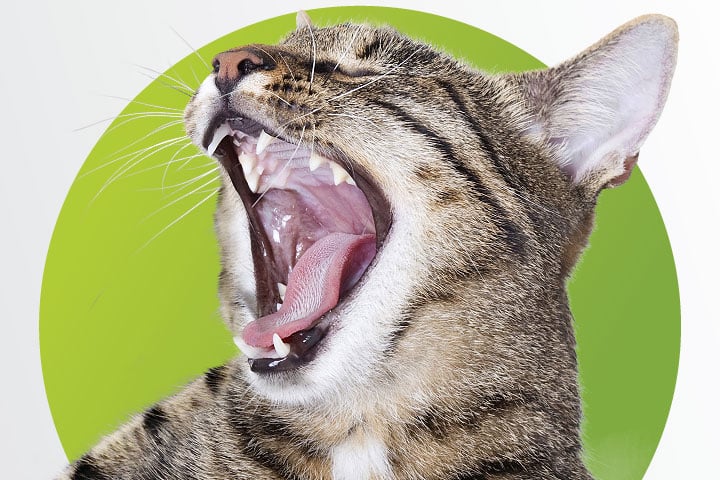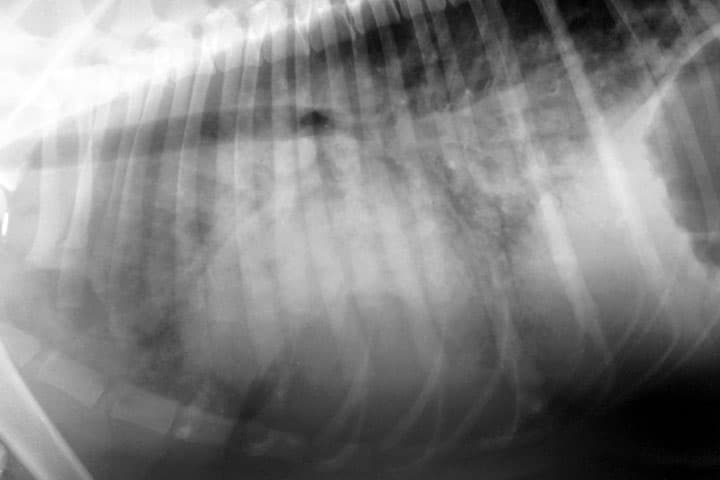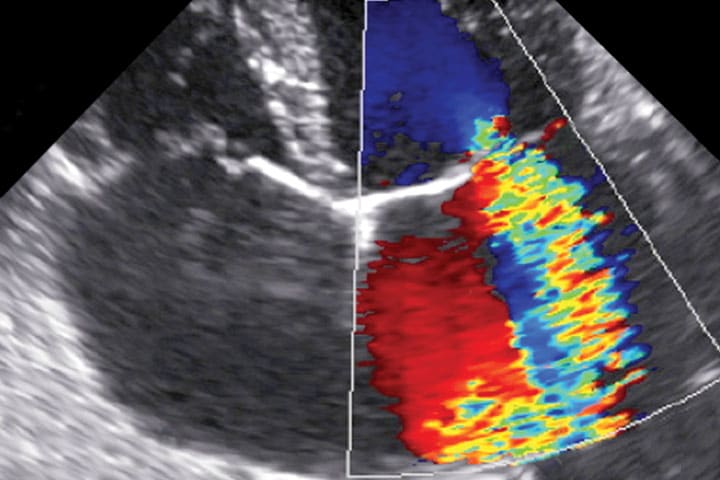Feline Infectious Peritonitis (FIP)
The treatment of feline infectious peritonitis (FIP) has been revolutionised in recent years. FIP has evolved from a universally fatal condition, to one where we achieve very high treatment response rates, and excellent long-term prognoses. Treatment has been legally available in the UK since 2021, and since then the medicine team at NDSR have been…
Read MoreNon-GI Foreign Bodies
Anna Groth, RCVS and European Specialist in Diagnostic Imaging at NDSR, gives an overview of different imaging modalities used in the detection of non-GI and non-respiratory foreign bodies including how to recognise them, what they are and where they may be as well as how to manage treatment and the potential hazards. Non-GI Foreign Bodies…
Read MoreGI Foreign Bodies
Diagnostic Imaging Specialist, Chris Lamb, discusses how to recognise a GI foreign body in radiographs? How can linear and non-linear foreign bodies be distinguished? And what should we do if suspect an obstruction? GI Foreign Bodies
Read MoreLung Patterns and the Approach to Thoracic Cases
Dealing with thoracic cases can be very challenging and often relies on quick decision making based on thoracic radiographs. This webinar will guide you through the common pitfalls seen in thoracic case investigation. Tips on obtaining the best quality radiographs will be discussed, as well as a helpful review of how to approach radiographic evaluation…
Read MoreCytology: A Useful Tool in Dermatology Consults
Basic principles for in-house cytology. In this webinar, Inge will cover the most common situations encountered in practice where cytology may be useful for diagnosis. Veterinary surgeons and veterinary nurses who are preparing and interpreting their cytology in-house will find this highly informative and beneficial. Cytology: A Useful Tool in Dermatology Consults
Read MoreGingivitis or Gingivostomatitis – what’s the difference?
It is not uncommon for cats of all ages to suffer from oral inflammation, and sometimes it can be hard to distinguish between gingivitis and gingivostomatitis. Cats can also be asymptomatic carriers of calicivirus, which can confuse the diagnostic pathway. How do we tell the diseases apart, and what are the best treatments? Gingivitis is…
Read MoreHepatojugular Reflux ‘A Must Do in the Investigation of Ascites’
Ascites is the abnormal accumulation of fluid in the peritoneal cavity. There are multiple causes for this condition and investigation of such cases is therefore complex. Fluid can accumulate in the peritoneal cavity as a result of haemorrhage, infection/inflammation or progressive extravasation from the vascular space. The latter can be due to increased hydrostatic pressure,…
Read MoreThe Re-Birth of the Relevance of Murmur Intensity
A heart murmur is an abnormal heart sound that indicates a degree of turbulence to the usually laminar blood flow in the heart. It can be physiological in athletic animals, due to congenital cardiac conditions in young patients or caused by non-cardiac condition affecting the way blood flows (anaemia, fever, high cardiac output states, etc)…
Read MoreUnconsciousness: The Cardiologists Point of View: Is It the Head or the Heart?
Is it neurological? Is it cardiac? The causes of collapse are many and varied. Collapse is a broad generic term, defined as a sudden loss of postural tone, but not necessarily with a loss of consciousness and may be of any duration. It is of paramount importance to differentiate syncope from non-syncopal causes of collapse,…
Read MoreHeart Murmurs in Puppies – When to Worry?
The presence of a heart murmur in a puppy could signify congenital disease with a spectrum of possibilities, ranging from mild disease with no clinical significance to severe, possibly intractable disease. However, not all murmurs are pathologic and ‘innocent’ murmurs are frequent in young puppies. Non-Pathological Murmurs Typically, non-pathologic, functional or innocent murmurs are of…
Read More